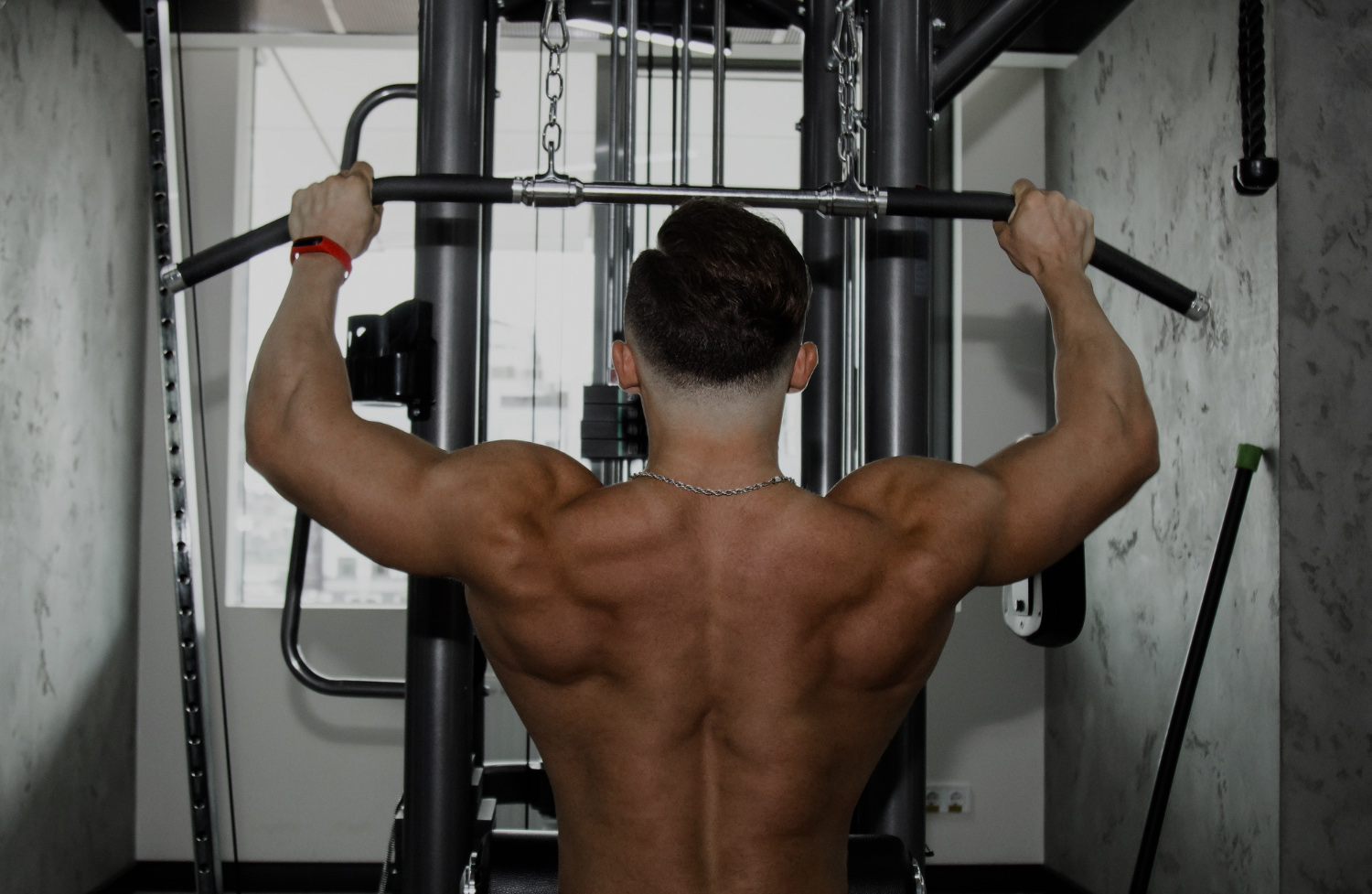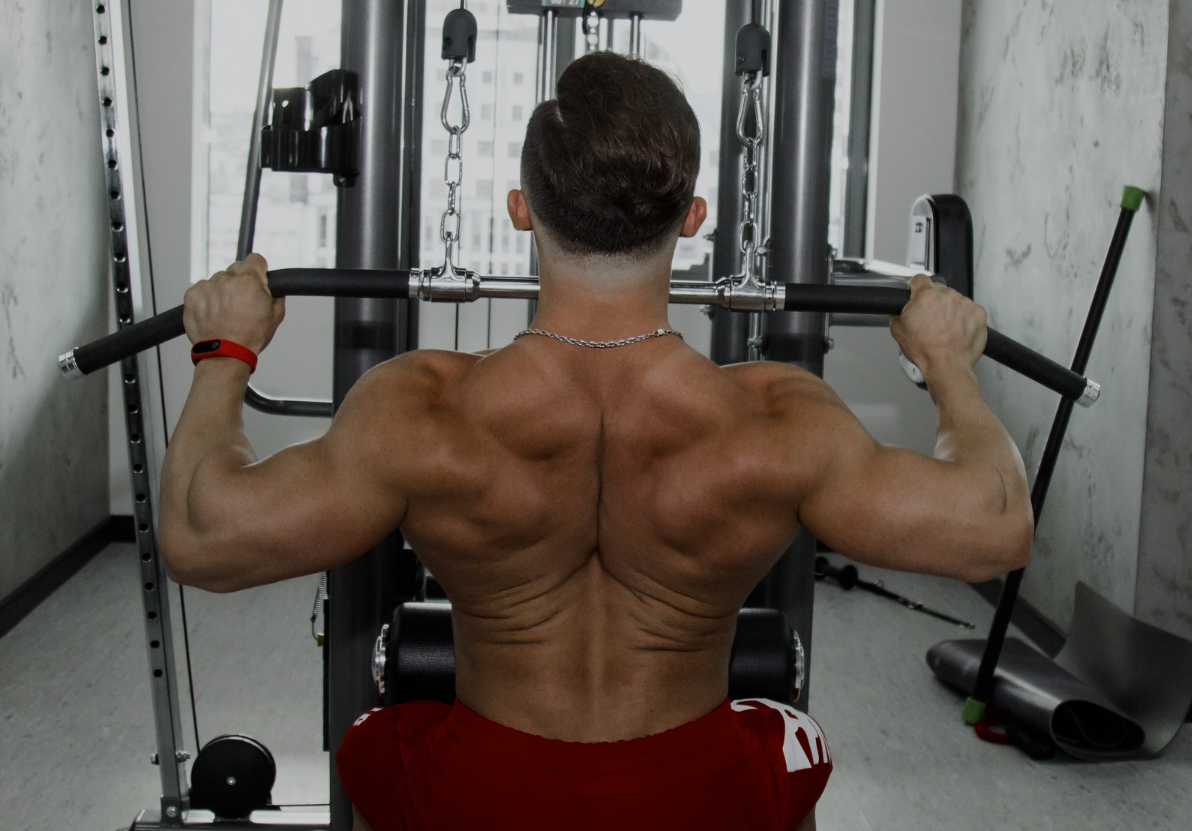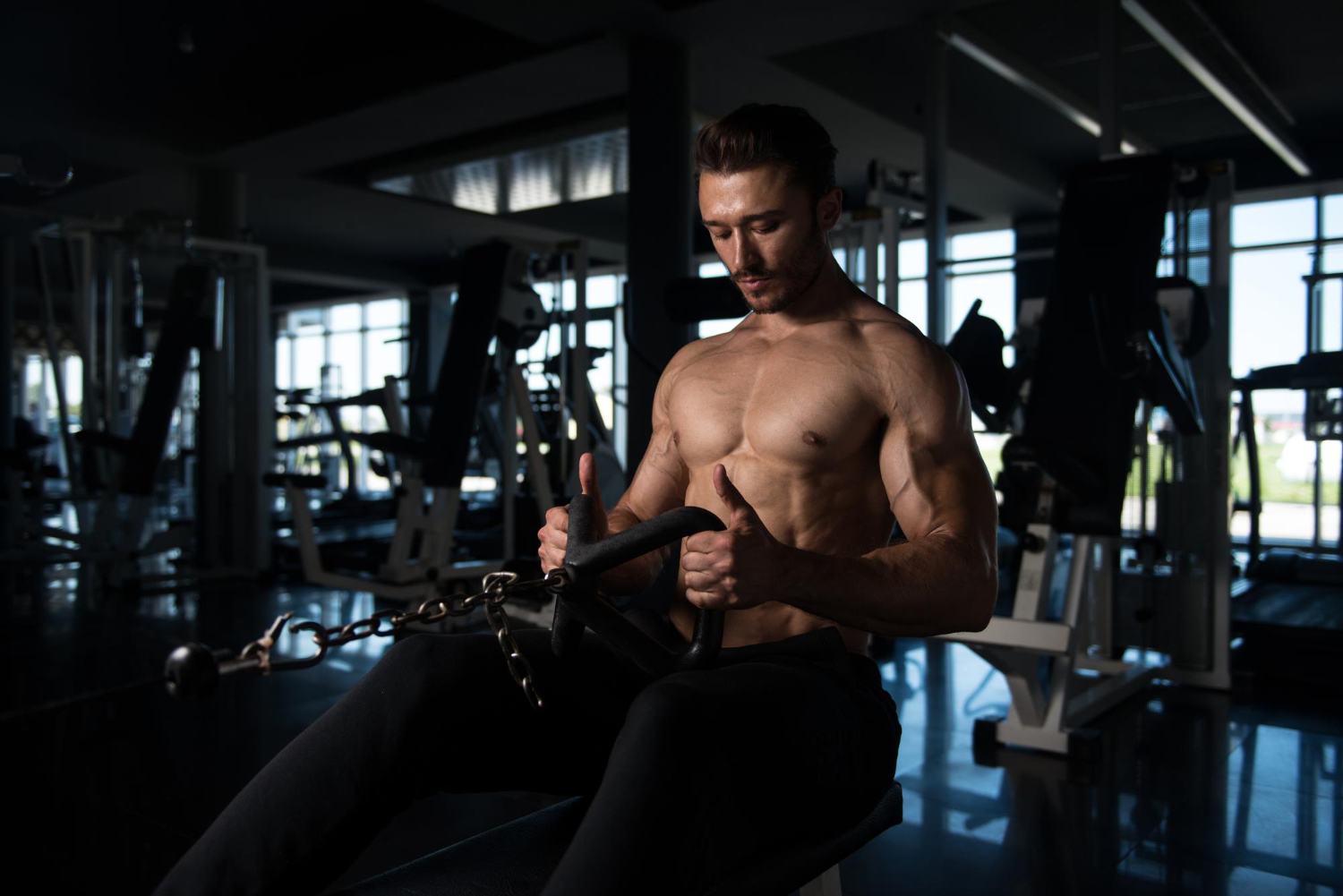The consistent training for strength and muscle growth often leads individuals to push their limits. However, lifting too heavy can result in more harm than good. Understanding whether you’re lifting too heavy is crucial for preventing injuries and ensuring effective progress. This article will guide you through key indicators that you might be lifting too heavy and offer tips for adjusting your approach to maximise gains while maintaining safety.
Understanding the Risks of Lifting Too Heavy
Before diving into the signs of lifting too heavy, it’s important to comprehend why this is an issue. Heavy weights can lead to a variety of problems, including poor form, increased risk of injury, and overtraining. While challenging yourself is a vital part of bodybuilding, it’s equally important to recognise when your approach might be counterproductive.
Key Indicators That You’re Lifting Too Heavy
- Compromised Form
One of the most significant signs that you’re lifting too heavy is compromised form. Proper form is essential for targeting the right muscles and avoiding injury. If you find that your technique is breaking down—such as using excessive momentum, leaning excessively, or rounding your back—this is a clear signal that the weight might be too challenging.
Tip: Consider reducing the weight and focusing on perfecting your form. It’s better to perform an exercise correctly with lighter weights than to struggle with heavy weights and risk injury.
- Excessive Fatigue and Muscle Strain
While fatigue is a natural part of intense workouts, excessive muscle strain can indicate that you’re overloading your muscles. If you’re consistently feeling extreme exhaustion or soreness that doesn’t subside with proper rest, it may be a sign that you’re lifting too heavy.
Tip: Incorporate adequate rest days and listen to your body. If muscle soreness is severe and persistent, scale back the weight and allow your muscles to recover.
- Inability to Complete Reps
If you’re unable to complete your set repetitions with proper form, it’s a strong indicator that the weight is too heavy. The goal of weightlifting is to challenge the muscles while maintaining control and proper technique throughout the set.
Tip: Aim to complete your sets within the recommended rep range (e.g., 8-12 reps for hypertrophy). If you’re consistently falling short, reduce the weight until you can complete your sets while maintaining good form.
- Joint Pain and Discomfort
Lifting excessively heavy weights can place undue stress on your joints. If you experience joint pain or discomfort during or after your workout, it might be a sign that the weight is too heavy or that your form is compromised.
Tip: Ensure that your workout includes proper warm-ups and stretching to prepare your joints for heavier loads. If joint pain persists, consult with a fitness professional to evaluate your form and adjust your lifting technique.
- Struggle with Breathing and Control
Heavy lifting often causes individuals to hold their breath or struggle with breathing. Proper breathing is essential for maintaining control and ensuring that you’re not overexerting yourself. If you find that you’re gasping for air or holding your breath frequently, it’s likely that the weight is too challenging.
Tip: Focus on maintaining a steady breathing pattern throughout your sets. Practice breathing exercises and incorporate lighter weights to improve control and endurance.
- Over-reliance on Spotters or Assistance
While having a spotter is beneficial for safety, over-reliance on assistance can indicate that the weight is too heavy. If you constantly need help to complete your sets or if your spotter is doing a significant portion of the work, it may be time to reconsider the weight you’re lifting.
Tip: Use spotters for safety but aim to gradually reduce their involvement by adjusting the weight to a level where you can perform the exercise with minimal assistance.
- Decreased Performance in Other Exercises
If you notice a decline in performance across other exercises or training sessions, it might be a sign that your current lifting weights are too demanding. Overloading yourself with heavy weights can lead to overall fatigue and reduced performance in other areas.
Trying a New Method: Removing Ego Lifting to Maximise Muscle Recruitment
In bodybuilding and fitness, the drive to lift heavier weights can sometimes overshadow the fundamental goal of effective muscle training. This often leads to ego lifting—where the emphasis is on the amount of weight lifted rather than the quality of the exercise. To truly optimise muscle recruitment and enhance your gains, it’s time to consider a new method that focuses on the Mind-Muscle Connection and perfect technique. This approach involves significantly reducing the weight you lift and concentrating on maximising muscle fibre activation.
Embracing the Mind-Muscle Connection
The Mind-Muscle Connection is a technique that requires you to focus intently on the target muscle during an exercise. This method is designed to enhance muscle recruitment by ensuring that the muscle you are working is doing most of the effort, rather than relying on momentum or the assistance of other muscle groups. By using lighter weights and concentrating on muscle contraction, you can achieve a more effective workout that targets the muscle more precisely.
The Concept of Reduced Ego Lifting
- Lowering the Weight: Start by drastically reducing the weight you typically use. For instance, if you usually perform lat pulldowns with 45kg for 8-12 reps, consider starting with 18-22kg. The aim is not to challenge your strength with heavy weights but to focus on the quality of each rep. By using a significantly lighter weight, you can maintain better form and concentrate on the target muscle.
- Maximising Muscle Contraction: Choose a weight that allows you to contract and hold at the peak of the contraction—the point where the muscle is fully engaged and feels almost as though it could cramp. For instance, during a lat pulldown, focus on squeezing your lats as hard as possible at the bottom of the movement.
- Implementing the Hold Technique: Perform your usual number of reps (e.g., 12 reps), but on every 4th rep, hold the peak contraction for 3 seconds. This means that during the fourth rep, pause at the point where your lats are most contracted, and squeeze them as tightly as you can. This technique not only enhances muscle engagement but also helps improve endurance and muscle control.
- Starting Light and Progressing Gradually: Begin with a weight that allows you to perfect your technique and maximise muscle activation. It may feel light initially, but as you progress, gradually increase the weight while continuing to focus on perfect form and muscle contraction. This method promotes progressive overload by allowing you to handle heavier weights over time as your technique and muscle activation improve.
Applying This Method to Every Exercise
The principles of reduced ego lifting and Mind-Muscle Connection can be applied to a wide range of exercises to enhance muscle recruitment and overall effectiveness:
- Chest Press: Start with a lighter weight and focus on the contraction of your pectoral muscles. As you press the weight up, concentrate on squeezing your chest muscles and holding the contraction at the top for a few seconds on every 4th rep. This technique helps to maximise chest activation and improve muscle control.
- Squats: When performing squats, use a lighter weight that allows you to maintain perfect form. Concentrate on driving through your heels and engaging your quads, hamstrings, and glutes throughout the movement. Pause and hold at the bottom of the squat for a few seconds on every 4th rep to increase muscle engagement and control.
- Bicep Curls: For bicep curls, choose a lighter weight that enables you to focus on the contraction of your biceps. At the peak of the curl, hold the contraction and squeeze your biceps as hard as you can for 3 seconds on every 4th rep. This approach enhances bicep activation and can lead to better muscle growth.
- Leg Press: Use a lighter load on the leg press machine and focus on driving through your heels while fully engaging your quadriceps, hamstrings, and glutes. Hold at the peak of the leg press for a few seconds on every 4th rep to maximise muscle recruitment and improve form.
- Shoulder Press: Begin with a lighter weight for shoulder presses and concentrate on the contraction of your deltoid muscles. Hold at the top of the press for a few seconds on every 4th rep to ensure that your shoulders are fully engaged and working effectively.
Benefits of This Approach
- Enhanced Muscle Activation: By focusing on the Mind-Muscle Connection, you ensure that the target muscle is doing most of the work, which can lead to more effective training and muscle growth.
- Improved Form: Using lighter weights allows you to maintain proper form and technique, reducing the risk of injury and ensuring that the muscle you want to target is being effectively engaged.
- Increased Muscle Control and Endurance: Holding at peak contraction helps build muscle control and endurance, which can contribute to better overall performance and progress in your workouts.
Integrating the Mind-Muscle Connection into your training by reducing ego lifting and focusing on lighter weights can revolutionise your approach to bodybuilding. This method prioritises perfect technique and muscle engagement over the sheer amount of weight lifted, leading to more effective workouts and enhanced muscle recruitment. By starting with lighter weights, concentrating on peak contraction, and progressively increasing the load, you can maximise your gains while minimising the risk of injury. Embrace this new approach to elevate your training and achieve your fitness goals more effectively.





